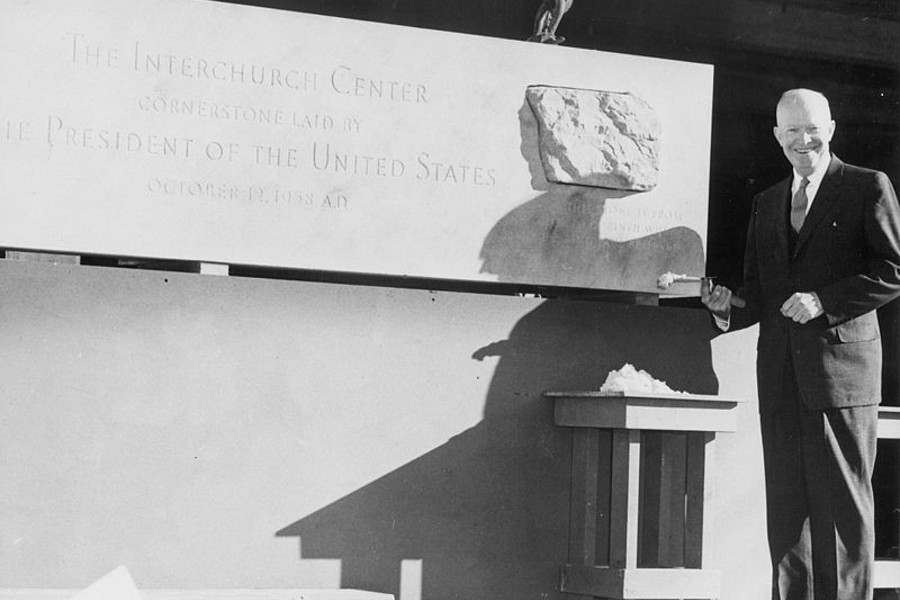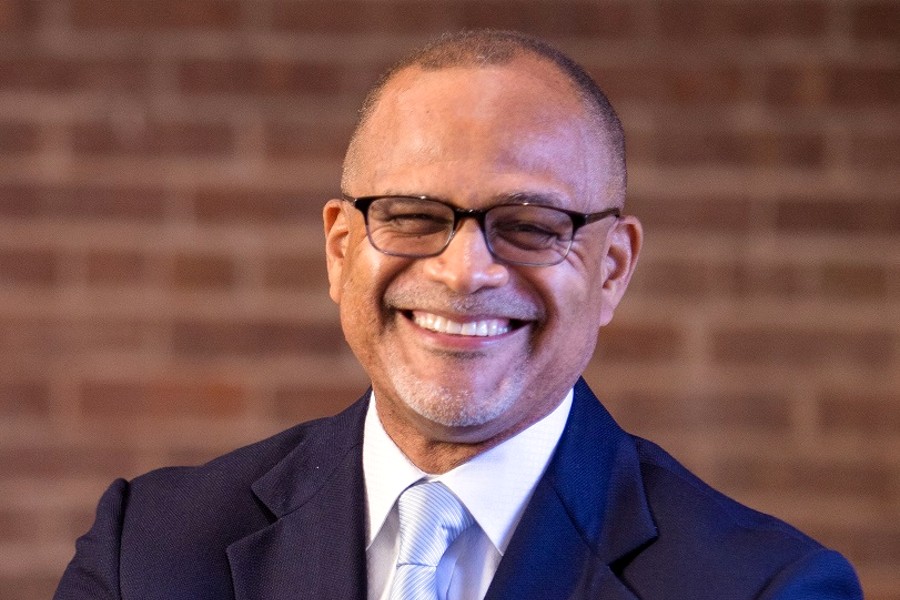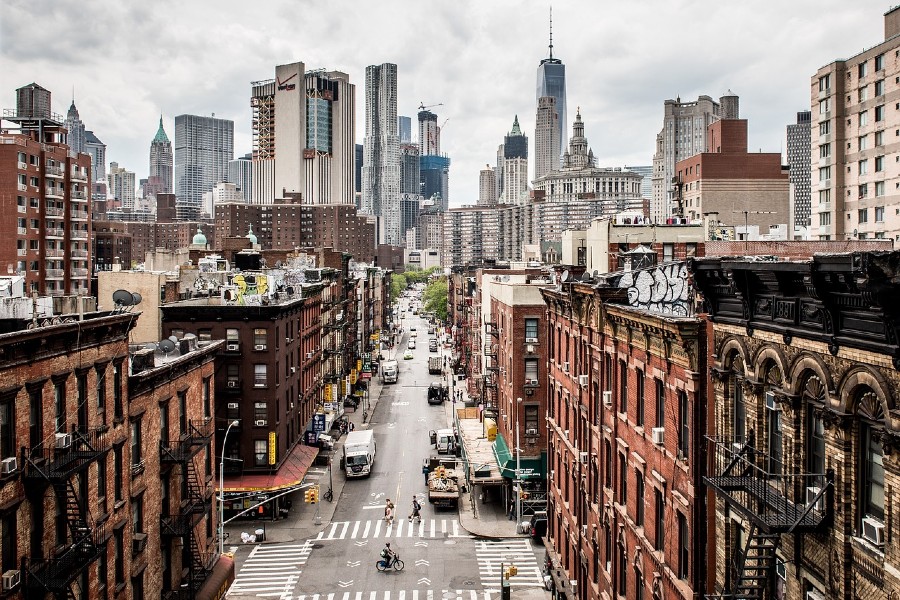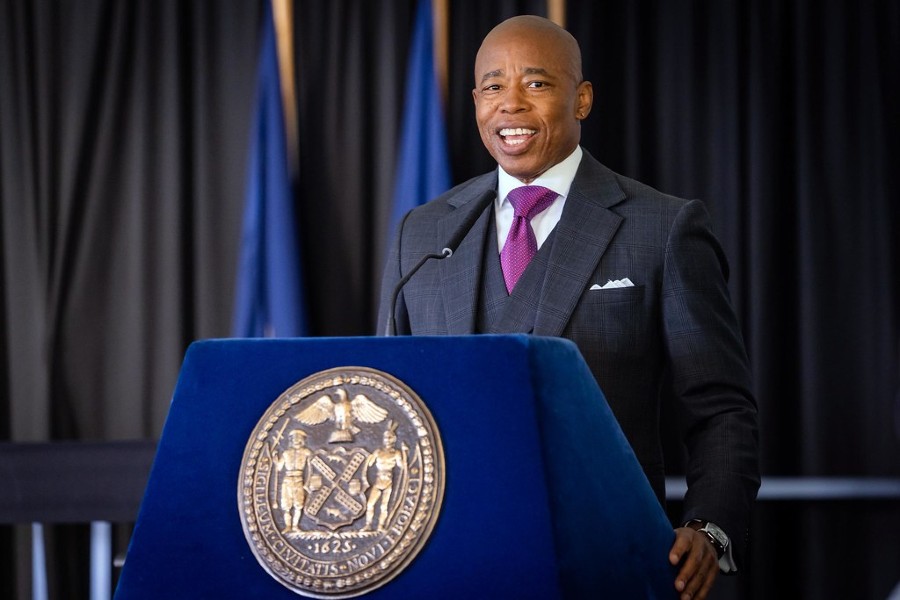
The Interchurch Center is a 19-story limestone-clad office building located at 475 Riverside Drive and West 120th Street in Morningside Heights, in Harlem, New York.
It is the headquarters for the international humanitarian ministry Church World Service and also houses a wide variety of church agencies and ecumenical and interfaith organizations as well as some nonprofit foundations and faith-related organizations, including the Religion Communicators Council.
The National Council of Churches also occupied the building from its inception, but in February 2013, the NCC consolidated its offices on Capitol Hill in Washington, DC, and vacated its New York headquarters facilities. NCC’s sister agency, Church World Service, remains a tenant in the building.
Its concentration of religious organizations has led some to nickname the building the God Box. Samuel G. Freedman describes the building as “the closest thing to the Vatican for America’s mainline Protestant denominations.”
The mainline churches include the Episcopal, Lutheran, Presbyterian, Reformed Church in America, Methodist, and United Church of Christ denominations.
But across the years many of them moved their headquarters closer to the majority of their constituents, leaving only certain divisions or offices in the New York facilities.
The Center benefits from a strong religious and educational environment. One of its tenants is the New York Theological Seminary in Harlem.
The building is located immediately south of Riverside Church and west of Union Theological Seminary and Columbia University and is a short walk to Jewish Theological Seminary, Manhattan School of Music, the Korean Methodist Church and Institute, and the Episcopal Cathedral of St. John the Divine. The building has its own ZIP Code, 10115.
History
The Center was built in 1958 with gifts by John D. Rockefeller, Jr. and other donors, together with a consortium of religious denominations, with the objective of encouraging cooperative work among such diverse religious groups as the Orthodox, African-American, and mainstream Protestant denominations and to foster the growth of ecumenical bodies such as the National Council of Churches.
A condition of the Rockefeller gift was that the exterior of the structure had to be clad in the same color limestone as Riverside Church, across 120th Street in Harlem, the Rockefeller’s church home at the time.
In the presence of a crowd of more than 30,000 gathered at the building site, the Center’s cornerstone was laid by then-President Dwight D. Eisenhower, whose Secretary of State, John Foster Dulles, and Secretary of Health, Education and Welfare, Arthur S. Flemming, were active in the work of the National Council of Churches.
Incidents
In 1969, James Forman, civil rights activist and executive director of the National Black Economic Development Conference (NBEDC), led a series of sit-ins at denominational offices in the building, demanding that the denominations pay reparations to black Americans.
At the height of the protests, half of the Center’s 2,000 employees stayed away from work in support of Forman.
Tenants of the building eventually obtained an injunction from the New York State Supreme Court, barring Forman and the NBEDC from the building.
Hands Around the God Box, an interfaith prayer vigil to end religious homophobia, was held at the Interchurch Center on June 24, 1994.
More than 500 people from 15 LGBTQ religious groups joined hands and were linked by a rainbow ribbon that completely encircled the building.
Tenants
The Center’s current occupants include mission boards, pension boards, and other agencies of several national denominations.
Expanding on its original mission of providing a collaborative environment for a community of widely differing Christian denominations and their ecumenical activities, the Center now also houses a growing number of interfaith groups, including Odyssey Networks and The Interfaith Center of New York, plus several Jewish and Muslim organizations.
Over the 50-year history of the facility, some national churches such as the Evangelical Lutheran Church in America and the Presbyterian Church (USA), following mergers with sister churches, relocated their primary offices to cities nearer to the majority of their constituencies, but have continued to maintain significant operations in the Interchurch Center.
Several cities and state denominational offices, the Council of Churches of the City of New York, and groups as varied as Agricultural Missions, Inc., and the Foundation for Christian Higher Education in Asia also occupy space in the Center, along with offices and classrooms of New York Theological Seminary, and offices of The Rockefeller Brothers Fund.
National interfaith ministries in the building include the Religion Communicators Council, Odyssey Networks (a religious media distribution agency of the National Interfaith Cable Coalition), and the Interfaith Center for Corporate Responsibility.
Architecture
The simplicity of the building’s architecture, intended to complement rather than compete with the gothic architecture of surrounding institutional buildings, has caused some critics to disparage its design.
Harlem’s Columbia University architecture historian Andrew Dolkart calls the Center “an undistinguished, bulky, limestone building.”
Other critics have called it “clumsily articulated,” and “a squat cube”.
Related Posts
Photo credit: Dwight D. Eisenhower.
Become a Harlem Insider!
By submitting this form, you are consenting to receive marketing emails from: Harlem World Magazine, 2521 1/2 west 42nd street, Los Angeles, CA, 90008, https://www.harlemworldmagazine.com. You can revoke your consent to receive emails at any time by using the SafeUnsubscribe® link, found at the bottom of every email. Emails are serviced by Constant Contact








